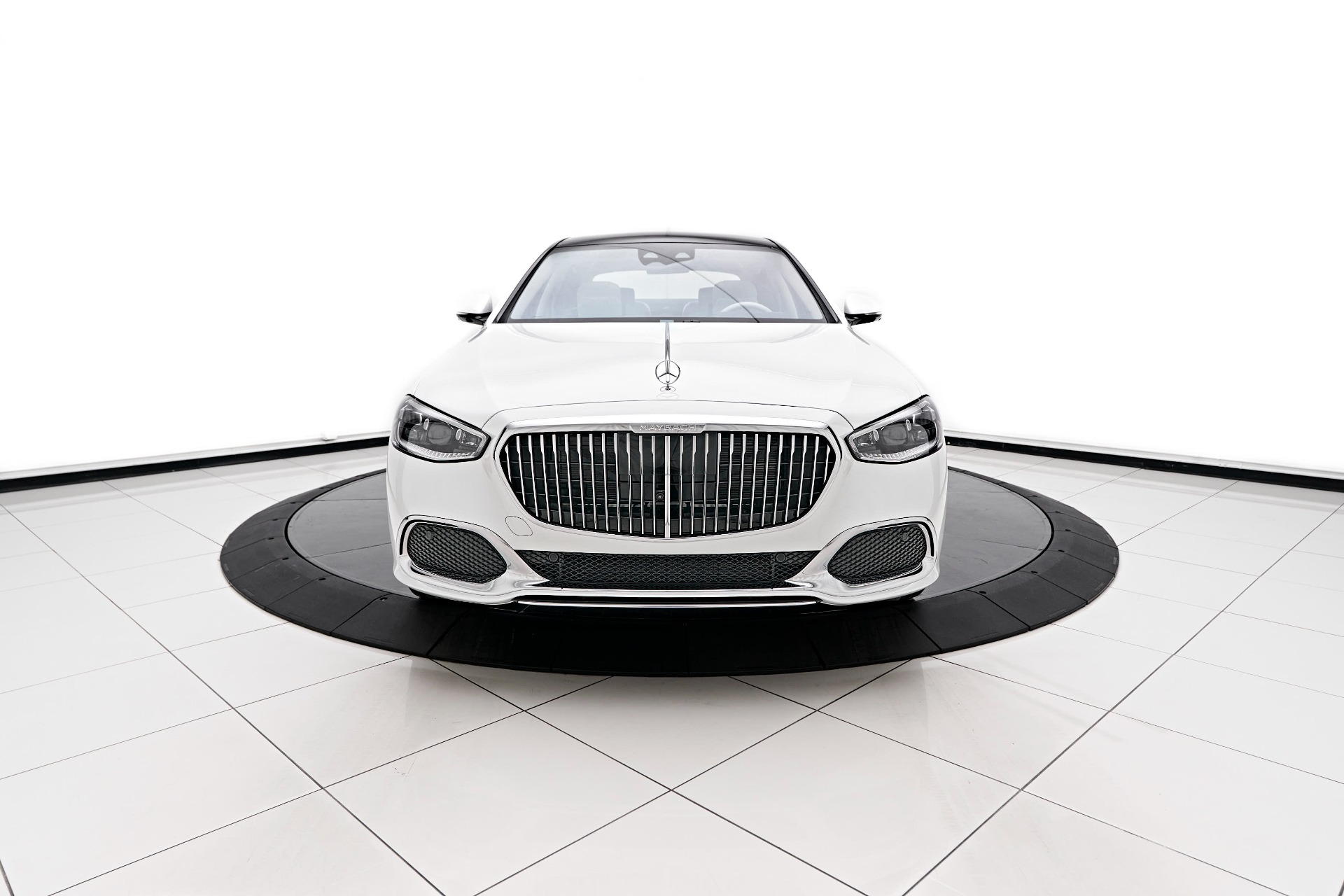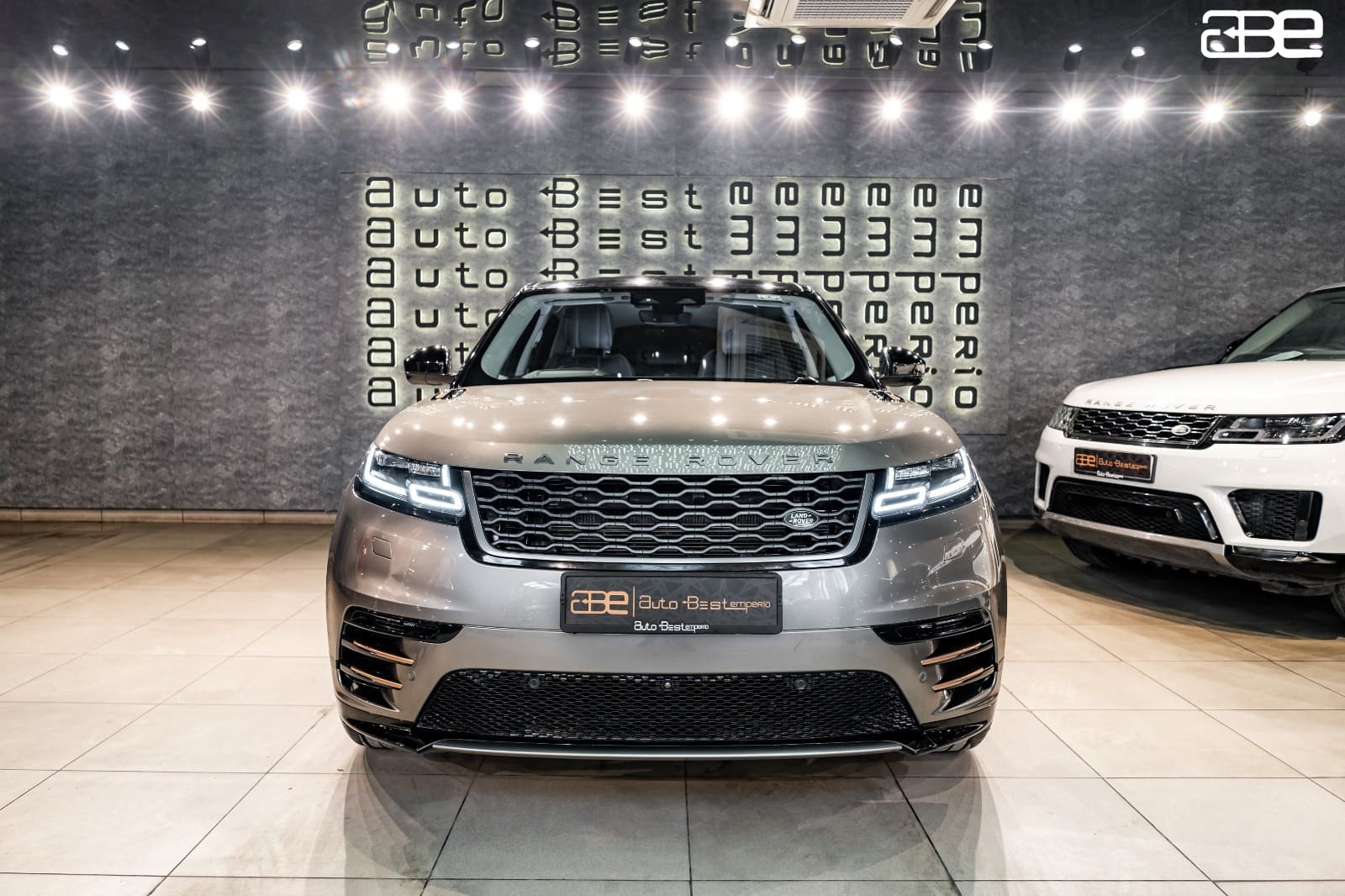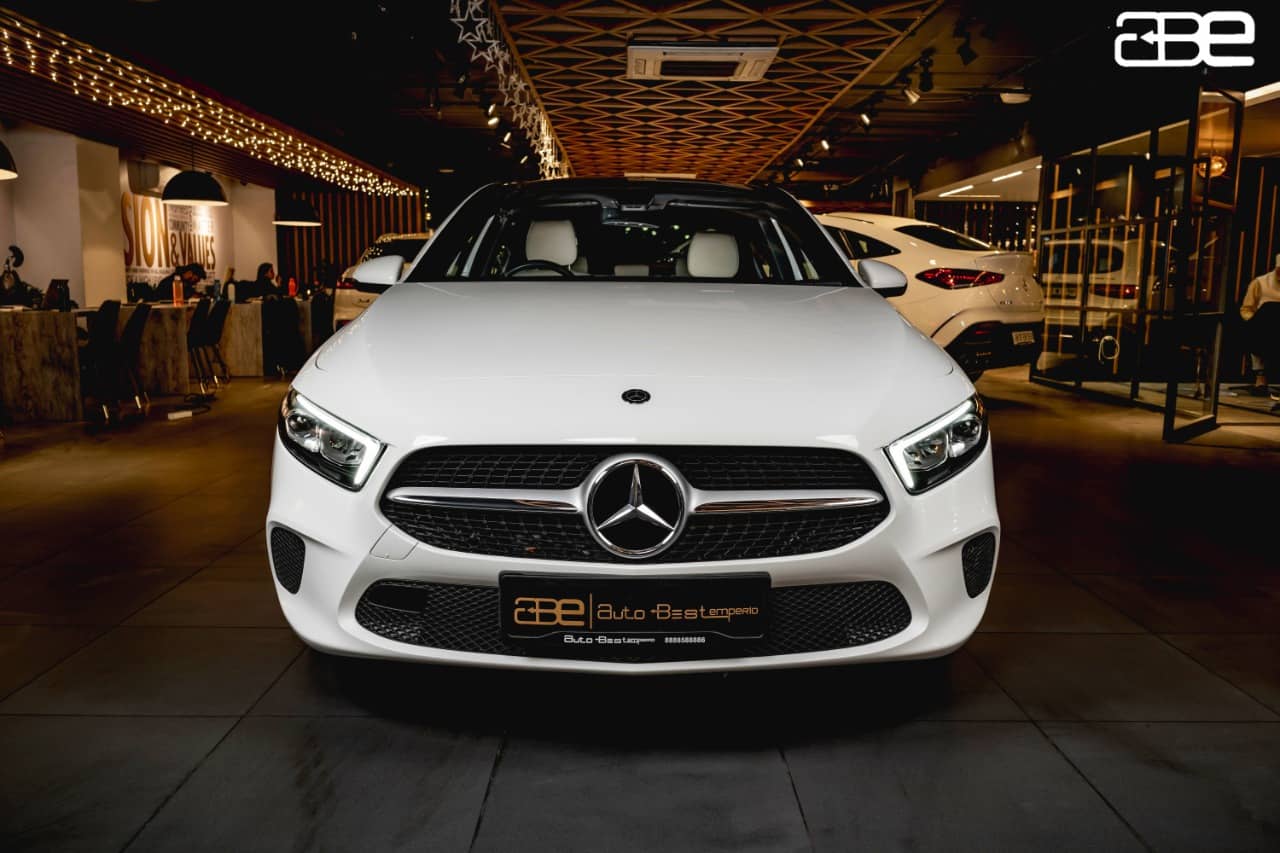Car Engine Types

Different Car Engine Types You Need to Know About
Engines are the most important part of every car, as they work to convert the fuel you put in your car into the power needed to move the car forward. Full technological advancement in the automobile industry has brought into the market different types of engines that are produced to provide certain characteristics like efficiency, speed, or sturdiness. Knowing the types of car engines is handy whenever you’re in the market for a new car or if you just want to know the basics about cars.
Here, you will learn the different types of automobile engines, the layout of these engines, configurations, and simple questions any person has concerning car engines. If you have ever typed in a question such as “How many types of engine configurations are there?” or “Which car engine is the greatest ever made?” given that, you have accessed the correct site.
Types of Car Engines
Car engines can be categorised using the fuel type (gasoline, diesel, and electric), the arrangement of the car engine (transverse and longitudinal), and cylinder arrangement. The types of automobile engines that will be discussed here are internal combustion engines (ICE), since they are the currently popular ones.
In internal combustion engines, fuel combustion takes place within the engine and cylinder, specifically to produce power. There are four classifications of internal combustion engines, which are based on the orientation of the cylinders:
-
Engine Layouts
Engine layouts refer to the configuration of the cylinders inside the engine block. Different layouts offer unique advantages, such as compactness or increased performance. Here are the most popular layouts.
-
Straight Engine
These configurations are also called the straight-line engine, and it implies that all of the cylinders are in a straight line. This design is less complex and consumes less space, which can be observed in small, accessible, limited-engine cars. Straight engines are commonly found in cars because of their simple configuration, but they have a lower power output than other engine layouts.
-
Inline Engine
Similar to the design of the inline engine, the cylinders are arranged in a row; however, in most cases, they are positioned lengthwise, along the direction of the car. This layout provides good performance efficiency and finds acceptance in a wide range of car models. Inline engines are one of the most common types of car engines, especially for compact and sedan cars, because of their efficiency and accessibility.
-
Flat Engine
Another name for this one is the “boxer engine,” and basically, it’s one horizontal engine where the cylinder is lined horizontally and each piston moves in its plane in opposite directions. This design reduces the height of the car, and by so doing, it increases stability, especially during cornering. The flat engine is widely used in Subaru’s automobiles, together with high-end car makers such as Porsche. However, it takes time and is expensive to produce compared to other formation layouts.
-
V Engine
One of the most powerful types of engines, the V engine arranges the cylinders in two rows, forming a "V" shape. This layout allows for a larger number of cylinders in a more compact space, which is ideal for performance cars that require high power outputs. V engines are predominantly used sports cars, luxury cars, and trucks. The most famous ones are V6 and V8 engines that provide a powerful effect and maximum speed.
Engine Cylinder Configurations
In addition to engine layouts, the number of cylinders plays a significant role in determining the power, fuel efficiency, and overall performance of the car. Following are the widely used arrangements of the engine cylinders:
-
Twin-Cylinder
A twin-cylinder engine has a pair of cylinders and is usually used in motorcycles as well as some small cars. These engines are light and use fuel in lesser quantities, and they are not complicated. However, they do not have the power necessary for most of today’s automobiles and, therefore, are rare in today’s vehicles. Still, twin-cylinder engines can be considered completely satisfactory for very lightweight and highly efficient vehicles.
-
Three-Cylinder
A three-cylinder engine offers a good balance between power and efficiency. These engines are compact and lightweight, making them perfect for smaller, fuel-efficient cars. The negative is that the three-cylinder engines provide more vibration than the four-cylinder engines. However, advancements in technology have made these engines smoother and quieter over time.
-
Four-Cylinder
A four-cylinder is one of the most frequently used engines, with types of automobile engines in use in today’s society. It’s all-around efficient on fuel and delivers adequate power in one way or another that is necessary for most operations on the road. It is common within compact cars, sedans, and even some sport utility vehicles. Popular in mid-size sedans because four-cylinder engines provide power and efficiency at a reasonable price.
-
Five-Cylinder
Five-cylinder engines are not very popular for some reason, but they are an effective compromise between power and fuel consumption. This configuration is known for delivering more power than a four-cylinder engine while being more fuel-efficient than a six-cylinder engine. Five-cylinder engines can be found in certain performance-orientated cars and compact SUVs.
-
Six-Cylinder
A six-cylinder engine is a middle-reach engine, but it is also widely used in mid-size sedans, SUVs, and sports cars, especially the V6 structure. It offers a comprehensive increase in power compared to four-pot motors while keeping a fairly reasonable gasoline economy. V6 engines are widely preferred for the enhanced smoothness and the capacity to get larger horsepower than a V6 without the size or fuel consumption of a V8 engine.
Conclusion
The different types of engines and their arrangements is crucial when choosing a car, whether you're new to automotive workings or looking to make an informed purchase. From twin-cylinder to V engines, each configuration has its advantages and disadvantages, impacting fuel economy, power output, and durability. As the industry evolves with advancements in electric and hybrid technologies, traditional internal combustion engines remain foundational to modern automotive design. When searching for top-performing engines or the best cars overall, factors like power and fuel efficiency are key. Additionally, for those interested in luxury without the new price tag, second-hand luxury cars can provide access to high-quality engines and features, making them a smart choice for discerning buyers.
FAQs
-
What are the different types of car engines?
The most common types of car engines include inline, V, straight, and flat engines. These engines vary based on cylinder layout and configuration, each offering unique performance, efficiency, and compact advantages.
-
In the engine industry, what is the difference between a V6 and a V8?
Remember that a V6 engine has a six-cylinder block while a V8 engine has an eight-cylinder block because it is in the shape of a V. The V8 engine normally generates more power and torque than its fellow engines, and that makes it suitable for high-end cars and trucks. However, V6 engines are more economical in terms of fuel consumption and structurally can be incorporated in mid-sized cars and SUVs.
-
What is the most fuel-efficient car engine?
Generally, three-cylinder and four-cylinder engines are considered the most fuel-efficient among internal combustion engines. However, advancements in technology have made hybrid and electric engines even more fuel-efficient.
-
Which engine type is more durable: diesel or gasoline?
Diesel engines are typically more durable and long-lasting than gasoline engines. They operate at lower RPMs and have more robust components, which contribute to their longevity. However, they may require more expensive maintenance and repairs over time.

 By Admin
By Admin









